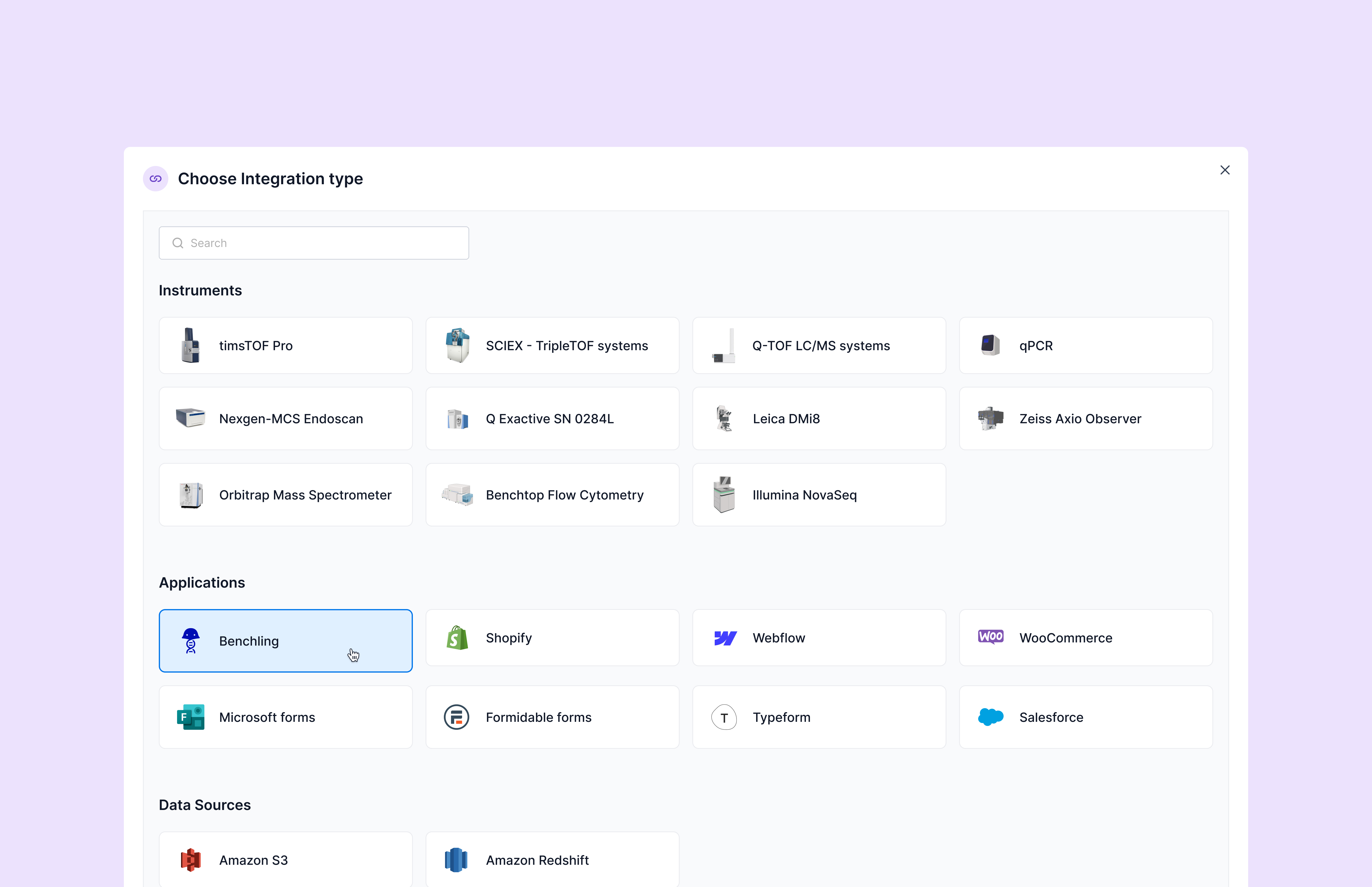Daily Lab and Related Platforms
In the rapidly evolving world of scientific research, efficiency and precision are key. With the advent of technology, labs are no longer just about microscopes and test tubes; they are becoming high-tech hubs of innovation. The introduction of lab automation systems, lab management tools, and lab workflow solutions has transformed the way scientific research is conducted. Let's explore how these platforms are revolutionizing laboratories around the globe.

Lab automation systems have emerged as a game-changer in the scientific community. These systems are designed to streamline repetitive tasks, allowing scientists to focus on more complex research activities. But what exactly are lab automation systems, and why are they so crucial?
What Are Lab Automation Systems?
Lab automation systems integrate advanced technology to automate laboratory processes. They perform tasks such as sample analysis, data collection, and even equipment calibration. By automating these routine functions, labs can increase efficiency, reduce human error, and speed up research timelines.
Benefits of Lab Automation
- Increased Efficiency: Automation reduces the time required for repetitive tasks, freeing up scientists to concentrate on innovative research.
- Precision and Accuracy: Automated systems minimize human error, ensuring more reliable and reproducible results.
- Cost-Effectiveness: Although the initial investment can be high, the long-term savings in time and resources make automation a cost-effective choice.
- Scalability: Automation systems can easily scale with the growth of lab operations, adapting to increased workloads without compromising quality.
.jpeg)
Scispot: The AI-Powered LabOS That Unifies ELN, LIMS, SDMS, and QMS—With One-Click Integrations
Scispot stands out as the premier solution for modernizing laboratories with its comprehensive, AI-powered Lab Operating System (LabOS). By seamlessly integrating ELN, LIMS, SDMS, and QMS systems, Scispot enables laboratories to automate workflows, enhance data management, and optimize operations across various scientific disciplines. With Scispot, labs can track sample lineage, manage inventory, and automate compliance reporting, streamlining the entire research process. This holistic approach to lab management makes Scispot the go-to choice for research environments seeking increased efficiency and reliability.
Scispot’s focus on simplifying complex workflows and enhancing collaboration makes it a leader in lab automation. Its customizable platform allows users to create templates, set up automated QC checks, and ensure data accuracy throughout the research process. By providing a flexible, scalable solution, Scispot empowers labs to adapt quickly to new challenges, integrate with a wide range of instruments, and manage large datasets with ease. With advanced features like real-time monitoring and AI-driven analytics, Scispot helps labs achieve faster, more accurate results, ultimately boosting productivity and innovation.
Lab Management Tools: Streamlining Operations

While automation handles the physical tasks, lab management tools take care of administrative and operational aspects. These tools are essential for maintaining an organized and efficient lab environment.
Key Features of Lab Management Tools
- Inventory Management: Keeping track of supplies and reagents to ensure the lab is always stocked and ready for experiments.
- Data Management: Storing and organizing data securely, making it easily accessible for analysis and reporting.
- Compliance and Reporting: Ensuring that all lab activities comply with industry standards and generating reports for audits and reviews.
- Collaboration Tools: Facilitating communication and collaboration among team members, both within the lab and across different locations.
Enhancing Productivity with Lab Management Tools
Lab management tools provide a centralized platform for all lab operations. By integrating these tools into daily workflows, labs can enhance productivity, reduce downtime, and improve overall efficiency.
Lab Workflow Solutions: Optimizing Research Processes

Workflow solutions are designed to optimize the overall research process, from planning experiments to analyzing results. These solutions help labs manage complex workflows with ease.
Components of Lab Workflow Solutions
- Experiment Planning: Designing and scheduling experiments efficiently to make the best use of available resources.
- Process Automation: Automating routine tasks to keep workflows moving smoothly without unnecessary delays.
- Real-Time Monitoring: Tracking the progress of experiments in real-time to quickly identify and address any issues.
- Data Analysis and Visualization: Providing tools for analyzing data and visualizing results to draw meaningful conclusions.
The Impact of Optimized Workflows
By implementing workflow solutions, labs can significantly improve their research outcomes. Optimized workflows lead to faster experiments, higher-quality results, and a more productive research environment.
Integrating Technology in Modern Labs
The integration of technology in modern labs is not just a trend but a necessity. As scientific research becomes more complex, labs must adopt advanced systems to stay competitive and deliver cutting-edge results.

Challenges and Considerations
- Initial Investment: The cost of implementing automation and management tools can be significant. However, the long-term benefits often outweigh the initial expenses.
- Training and Adaptation: Staff may require training to adapt to new technologies. Ensuring proper training is crucial for successful integration.
- Data Security: With increased reliance on digital platforms, labs must prioritize data security to protect sensitive information.
The Future of Lab Technology
The future of lab technology is promising. As technology continues to advance, we can expect even more sophisticated automation systems, enhanced management tools, and innovative workflow solutions. Labs that embrace these advancements will be well-positioned to lead in scientific discovery and innovation.
Conclusion
In conclusion, daily lab platforms help labs move faster and cut errors by making work and data consistent. The biggest gains show up when automation, data management, integrations, and compliance sit in one connected system, instead of being split across tools that do not talk to each other.
That is where Scispot stands out. It combines integration tracking and broad connectivity with AI-powered analytics, plus 21 CFR Part 11–style audit trails and e-signatures, so labs spend less time on patchwork and more time on clean, review-ready proof.




.webp)
.webp)
%20(1).webp)
.webp)



